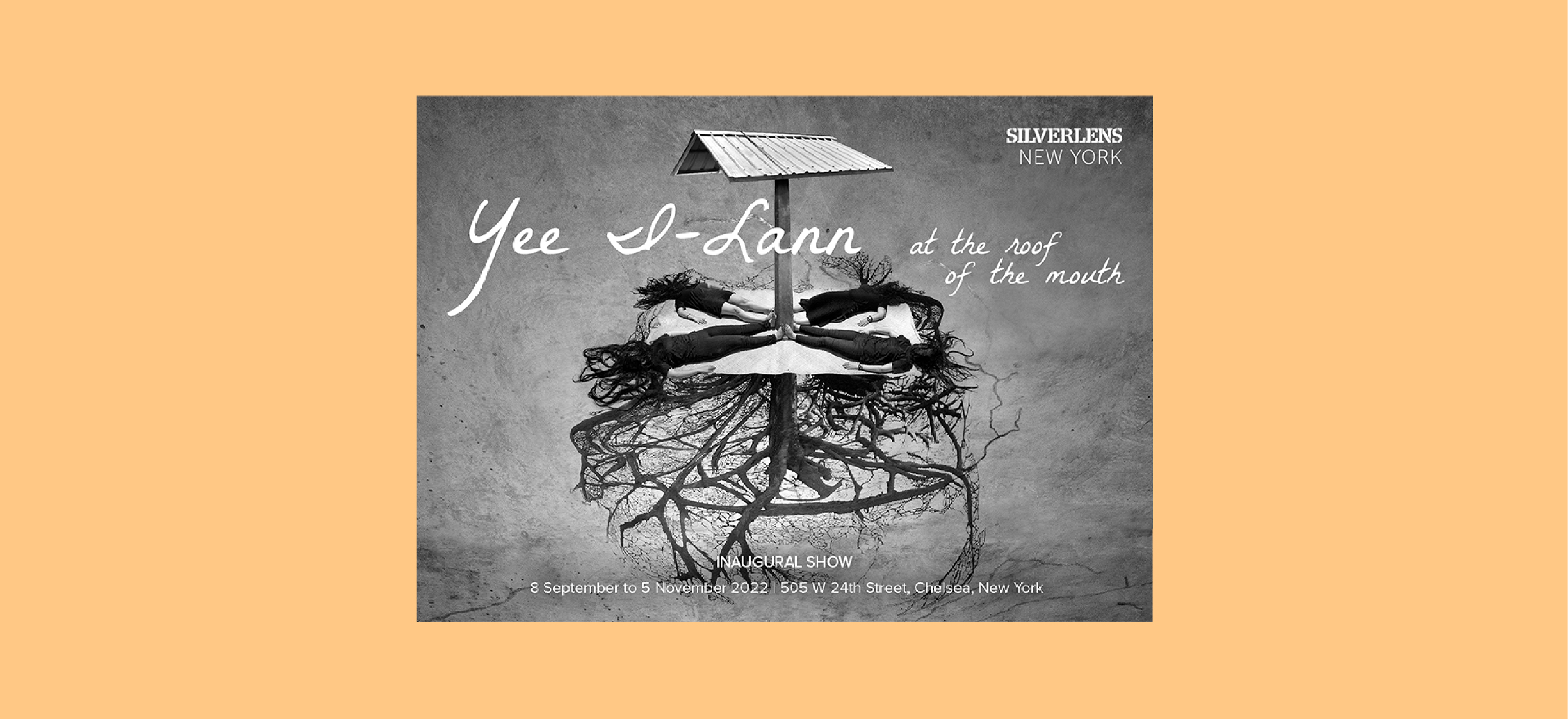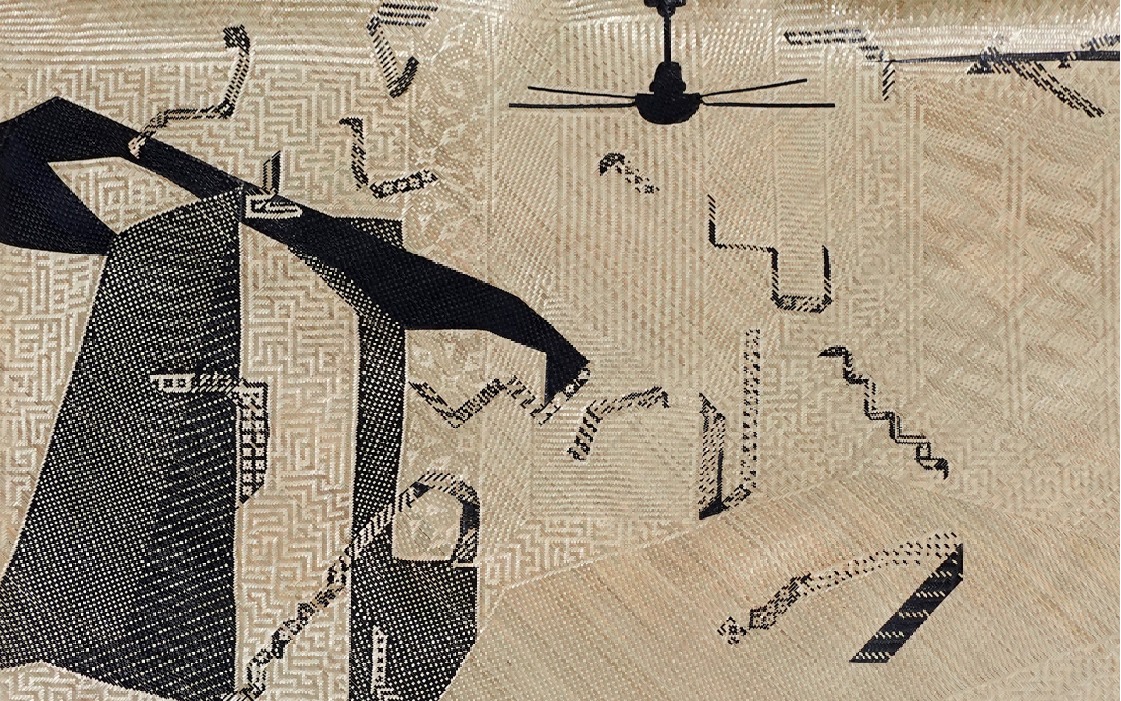
About
Yee I-Lann’s practice has consistently spoken to urgencies in the contemporary world, from the vantage point of where she is from—mining personal story, southeast Asian cultures and histories, local knowledge, critical theory, and mass aesthetics and experience. She has been working collaboratively with her communities, embodying the culture and energy that allows art to be made under the most difficult circumstances.
Since 2018, Yee I-Lann, a native Sabahan living in the northwest Borneo city of Kota Kinabalu, has been collaborating with the inland community, Sabahan Dusun and Murut weavers, in the Keningau interior and with the sea community, Bajau Sama Dilaut weavers, from Pulau Omadal, Semporna to make tikar – woven mats. In the process, craft communities in the mountains and plains of Borneo bound to the tourist market have found opportunities for innovation, and a sea village community on the border between the Sulu and Celebes Seas has turned from fishing to weaving, in turn reducing pressure on the Coral Triangle.
A unique language of making has developed, bringing the weavers’ skills, knowledge, and stories together with I-Lann’s ideas and propositions. “This body of work claims and celebrates communities and their geographies, often at the peripheries, that give shape to the center”, says I-Lann, often making strong statements calling for a politics of inclusion.
I-Lann explains the process: “Often when I ask the meaning of a motif, I am told instead what it feels like to weave it,” she says. “There is a weave we accidentally invented, we named it “Mansau ansau”. In the local language, Murut, it means “to keep journeying without knowing where you’re headed.” This feels like our journey the weavers and I have been on together.”
Many languages meet for presentation: the digital pixel and the tikar weave, traditional and contemporary motifs, popular song, bodily gesture and sound, photographic image, and script. These position art-making and aesthetics as a means of bridging and understanding diverse experiences and stories.
Yee I-Lann sees the woven mat as architectural; it provides a platform that invites communal gathering and activation, where everyone sits together on the same level. Throughout the southeast Asian region, all mother tongues have a different name for the mat, but nevertheless, there is an unparalleled intimacy in the shared experience of the mat tied to everyday life and ritual. It is local, egalitarian, democratic, feminist. “The mat, to me, is a portal to story-telling and a way to discover and unroll other knowledges,” I-Lann says.
The show features a selection from her monumental piece TIKAR/MEJA, as well as a new body of photographic works, Measuring Project, Chapters 1 – 7. New weaves include three large scale tikar, two from the inland community that use bamboo as material, and one large vertical piece from the sea community of Malaysian and stateless women that use the Pandanus plant.
The first pieces that greet at the entrance of the exhibition are Tukad Kad Sequence #2 facing a long wall of the complete photographic series, Measuring Project, Chapters 1 – 7.
The Tukad Kad Sequence #2 and #4 are part of a body of seven tikar exploring architectural space as a meeting point between the personal and public, between new and old knowledges. Linguistics has played a major role in the research of the artist. One of the revelations I-Lann encountered was through a very foundational weave type called ’Tukad’. In the Dusun and Murut languages, it means steps, as in stairs. She continues, “as we talk about this Tukad weave, one of the weavers, Siat, then later Julia, both from the inland Keningau district, referred to the texture “tukad kad” describing: “The ridges at the ceiling of your mouth - when they feel heat or acidity, they become more pronounced.”
“Tukad Kad“, then, is part of the cavity between the deeply private space inside our bodies and the external public space. It’s the meeting of worlds so to speak—the trigger site at which you consume and expel, a corporeal threshold between public and private.
Working with the communities and learning different value systems, specifically, ways of measuring, triggered I-Lann to make the photographic series Measuring Project, Chapters 1 – 7. Humbled by the weavers’ use of their feet as measuring tools, and their cultural practice of step-counting Allom! Amatai! / Life! Death!, she dove into re-seeing and re-learning value systems. A three-year project ensued. Heavily researching the meaning of symbols, objects, and cultural practices; combining these with her archive of over 20 years of images, her own personal heritage as part indigenous Kadazan and knowledge gleaned from story- telling by the weavers, led to this powerful series of photographs.
Known for over two decades for her photographic narratives on colonial history and post-colonial experience, I-Lann presents each chapter of photographs with a much deeper understanding of the search for repositioning power structures in a post-colonial reality. The mat became a portal for story-telling and a way to discover and unroll other knowledges.
At the end of the long hall, visible from the entrance of the gallery, is the large piece Billboard. Woven by the sea community in the vibrant colors that mimic the coral reef, this piece has the weavers at the foreground. Significant heritage motifs from Omadal island are prominently woven. The mat is a billboard for the Balai Bikin*, a community hall, that is being built with proceeds from the sale of the work.
The show is completed by a selection of pieces from her TIKAR/MEJA series that has been shown in Manila, Kota Kinabalu, Hong Kong, Seoul, Basel, and now New York. This is the work that started the collaboration with the weavers.
Why the table? Traditionally in the southeast Asia region, all communities sat on mats on the ground, and had a tradition of mat-making. For I-Lann, the tikar, or banig in Tagalog, or mat, is intrinsically feminist, representing a communal, egalitarian power that comes from old knowledges, heritage, and culture. The table is a representation of administrative power and control – colonial, patriarchal, federal, state power. They are the opposite of the non- hierarchical, community-based, open platform of the tikar. TIKAR/MEJA forms a message from the people on the mat to the people at the table: The table can be rolled up, “eaten” by the mat. Like in a game of rock, paper, scissors.
– Isa Lorenzo and Beverly Yong
*Balai Bikin is a physical ‘Making Hall’ we are building together. Based on restorative and regenerative principles of a circular economy, we are self-funding the construction of a building to be built on the sea next to the weavers’ water village. It will act as a community hall, a center for cultural collaboration and a site for this community to build their voice, pride and a sustainable income. The women weavers will be hiring their husbands to build this hall, financed by weavings such as this and through the sale of their tepo heritage mats under a basic principle of DIT, Do It Together. – Yee I-Lann
Yee I-Lann (b. 1971, Kota Kinabalu, Sabah, Malaysia) lives and works in Kota Kinabalu. Her primarily photomedia-based practice, often situated at the shifting nexus of power, colonialism and neo-colonialism in Southeast Asia, explores the impact of historic memory in social experience, often with particular focus on counter-narrative ‘histories from below’. In recent years, she has started working collaboratively with sea-based and land-based communities and indigenous mediums in Sabah, Malaysia.
Selected recent solo exhibitions include Yee I-Lann: 2005-2016, Ayala Museum, Manila, Philippines (2016); ZIGAZIG ah!, Silverlens, Manila, Philippines (2019); Yee I-Lann & Collaborators: Borneo Heart, Sabah International Convention Centre, Kota Kinabalu, Malaysia (2021) and Yee I-Lann: Until We Hug Again, CHAT (Centre for Heritage, Arts & Textile), Hong Kong (2021). Among her selected group exhibitions are the Asia Pacific Triennial of Contemporary Art, Queensland Art Gallery/Gallery of Modern Art, Brisbane, Australia (1999, 2021); Jakarta Biennale, Jakarta, Indonesia (2015); Yinchuan Biennale, Yinchuan, China (2016); SUNSHOWER: Contemporary Art from Southeast Asia 1980s to Now, The National Art Center and Mori Art Museum, Tokyo, Japan (2017); Asian Art Biennial, National Taiwan Museum of Fine Arts, Taichung City, Taiwan (2019); Aichi Triennale, Aichi, Japan (2022), and; Istanbul Biennial, Istanbul, Turkey (2022).
Works
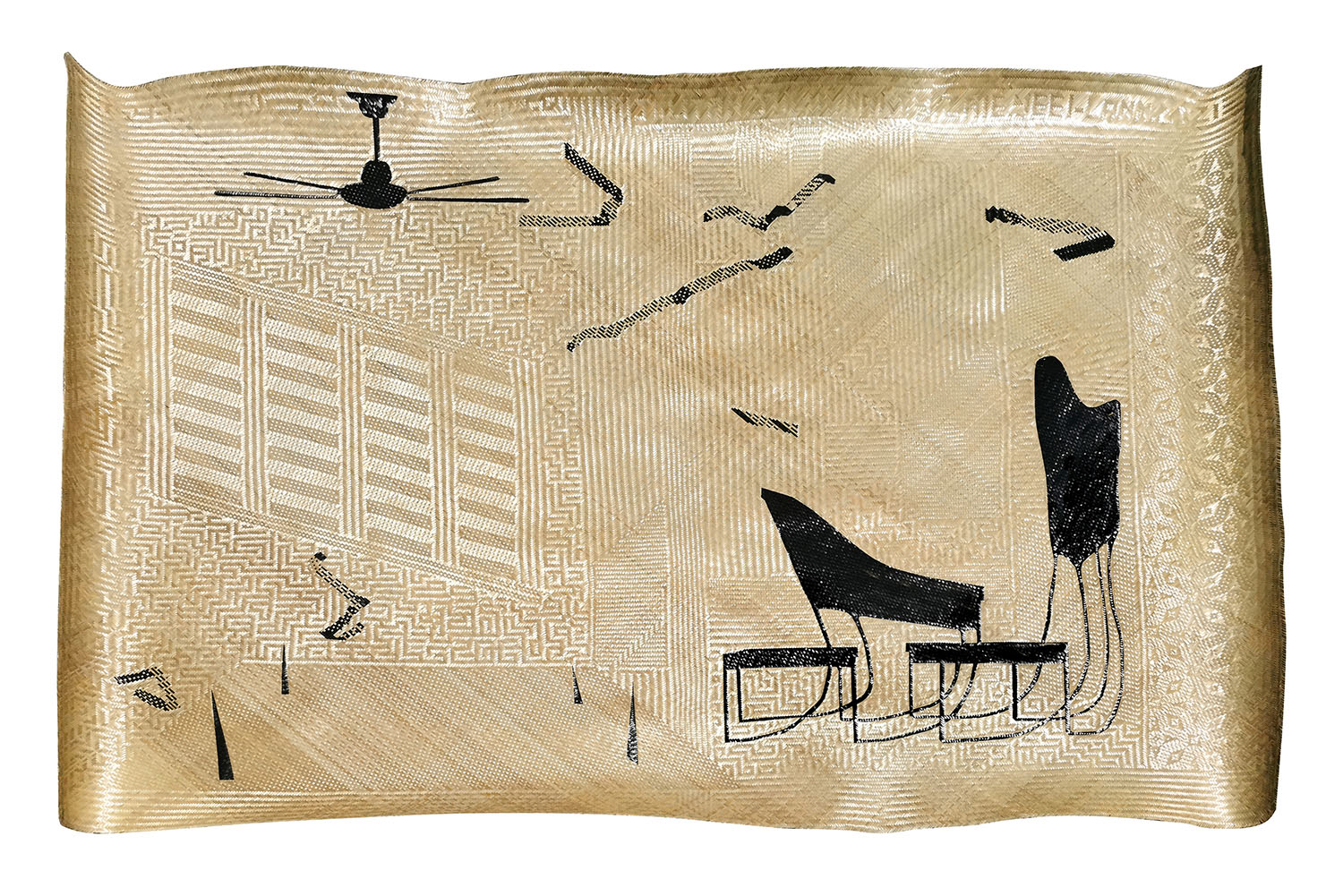
Price available upon request
The Tukad Kad Sequence #2 and #4 is part of a body of seven tikar exploring architectural space as a meeting or trigger point between the personal and public, between new and old knowledges. Tukad kad is a texture describing: “The ridges at the ceiling of your mouth - when they feel heat or acidity, they become more pronounced.” Tukad Kad, then, is part of the cavity between the deeply private space inside our bodies and the external public space.
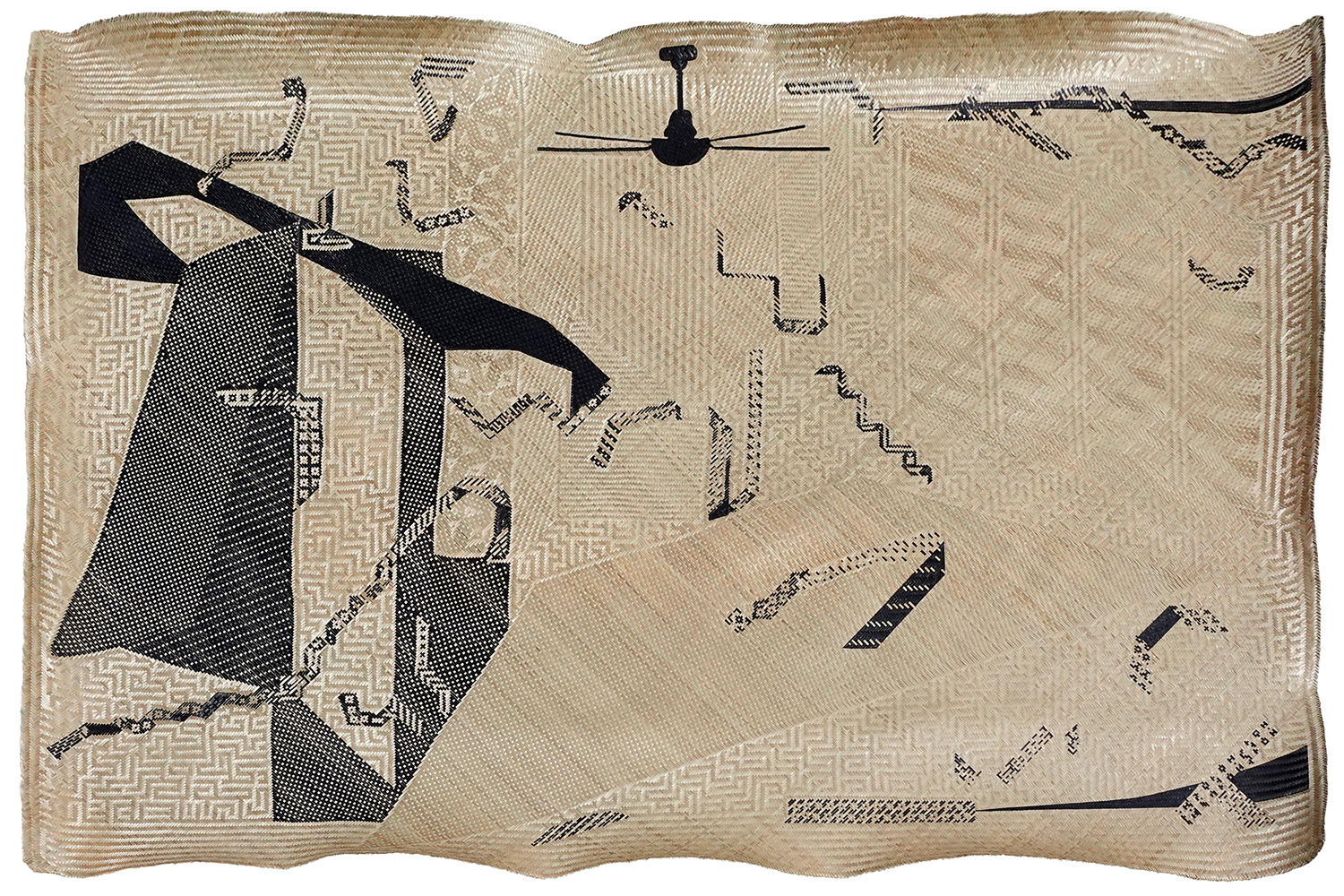
Price available upon request
The Tukad Kad Sequence #2 and #4 is part of a body of seven tikar exploring architectural space as a meeting or trigger point between the personal and public, between new and old knowledges. Tukad kad is a texture describing: “The ridges at the ceiling of your mouth - when they feel heat or acidity, they become more pronounced.” Tukad Kad, then, is part of the cavity between the deeply private space inside our bodies and the external public space.
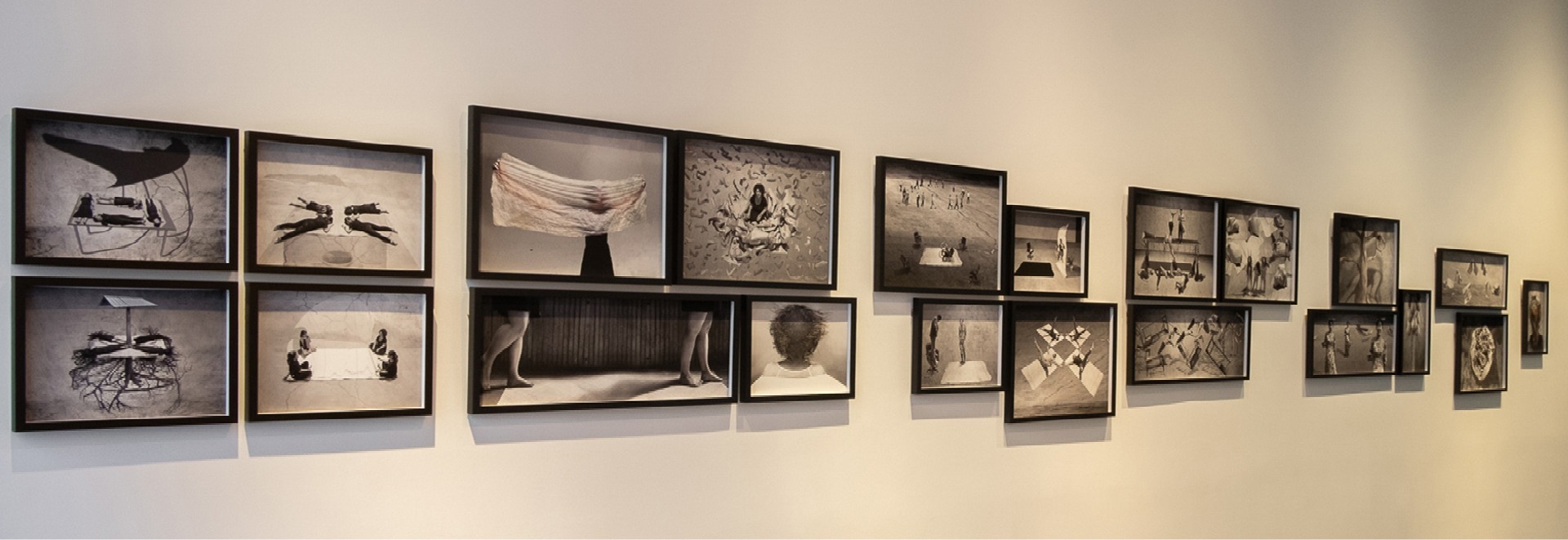
Edition 1- AVAILABLE
Edition 2- AVAILABLE
Price available upon request
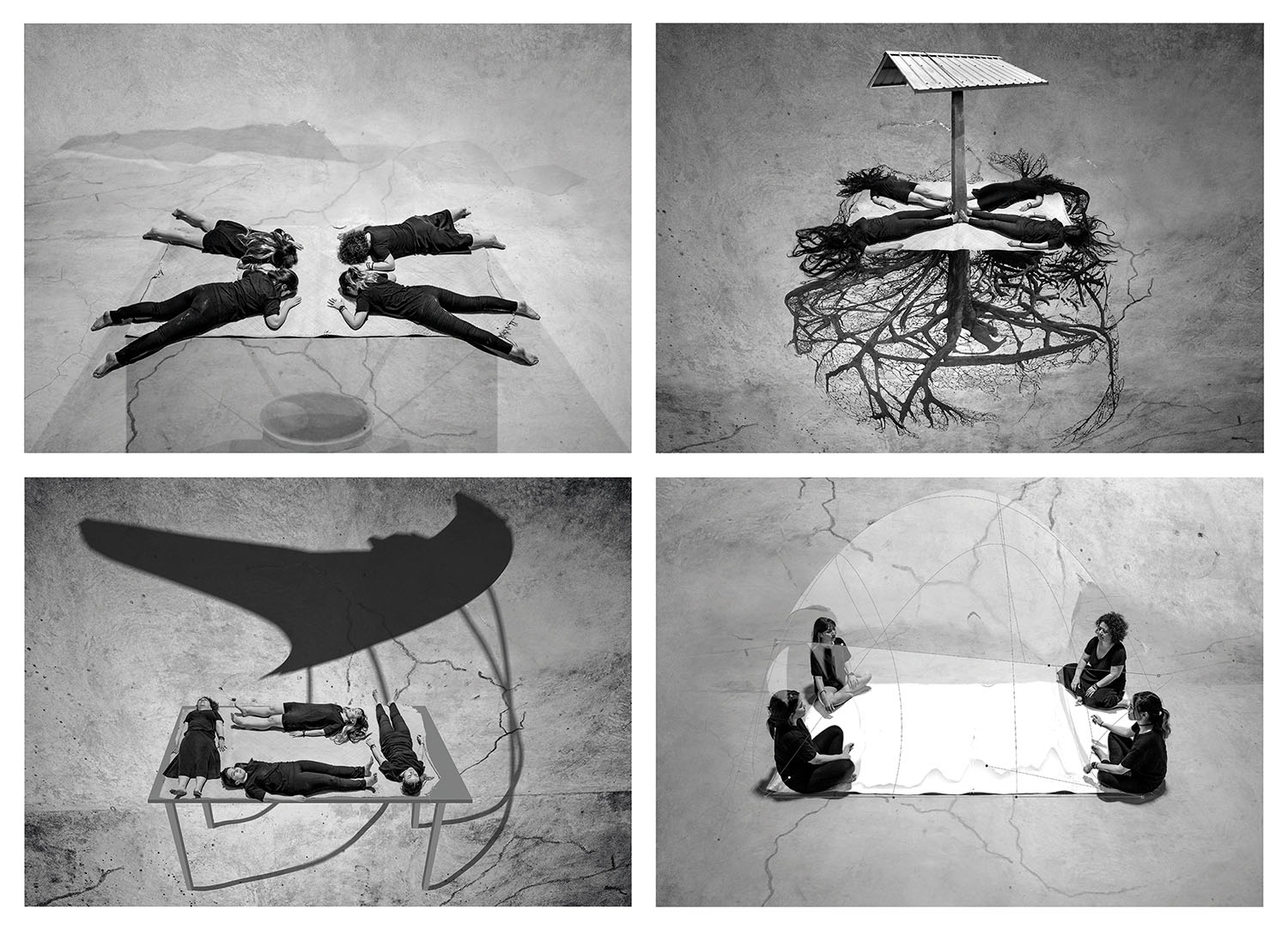
Edition 4- AVAILABLE
Edition 5- AVAILABLE
Price available upon request
A three-year project ensued. Heavily researching the meaning of symbols, objects, and cultural practices; combining these with Yee I-Lann's archive of over 20 years of images, her own personal heritage as part indigenous Kadazan and knowledge gleaned from story- telling by the weavers, led to this powerful series of photographs.
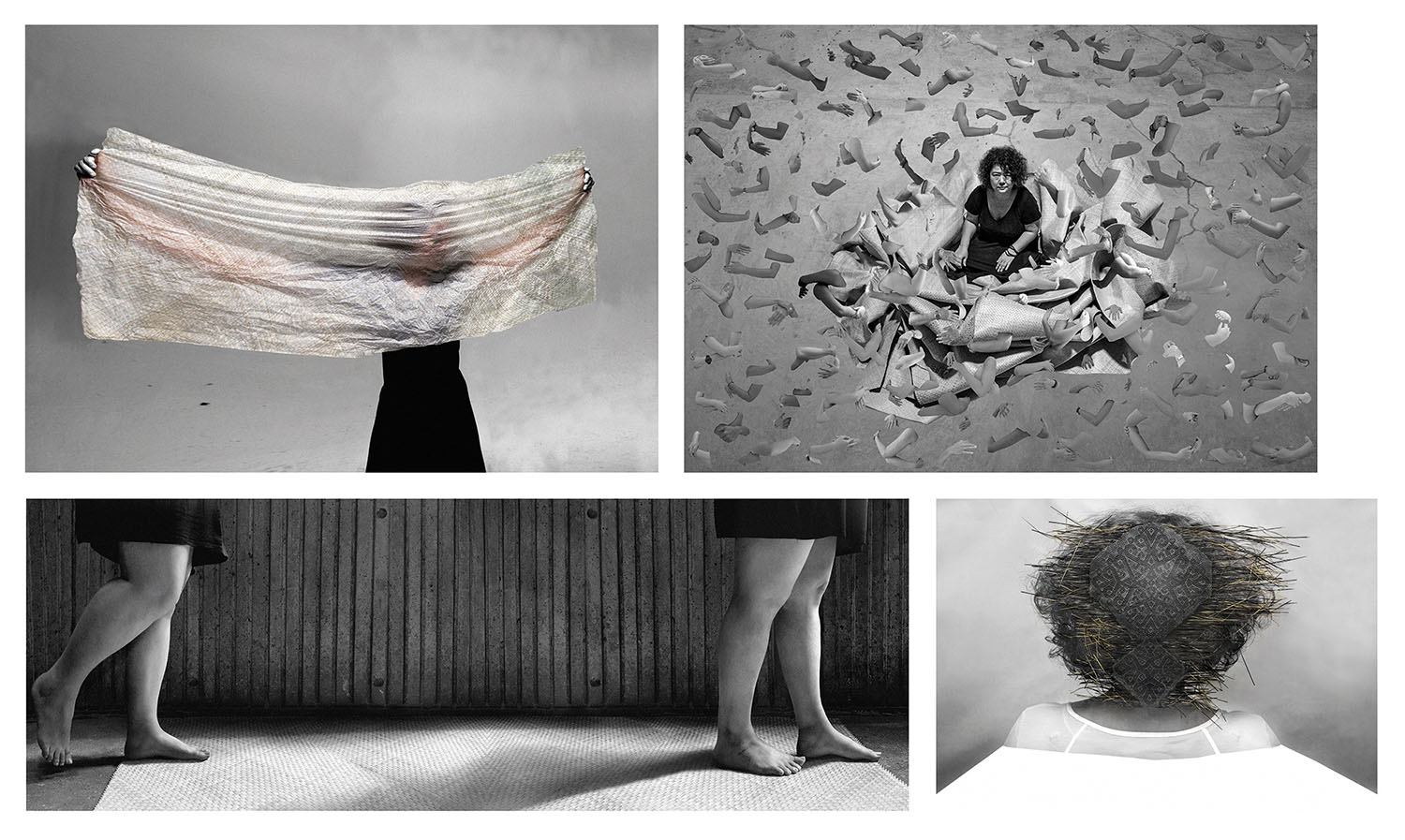
bottom left: 11.69h x 33.07w in • 29.70h x 84w cm
bottom right: 11.69h x 16.54w in • 29.70h x 42w cm
Edition of 8 + 2 AP
Edition 4- AVAILABLE
Edition 5- AVAILABLE
Price available upon request
A three-year project ensued. Heavily researching the meaning of symbols, objects, and cultural practices; combining these with Yee I-Lann's archive of over 20 years of images, her own personal heritage as part indigenous Kadazan and knowledge gleaned from story- telling by the weavers, led to this powerful series of photographs.
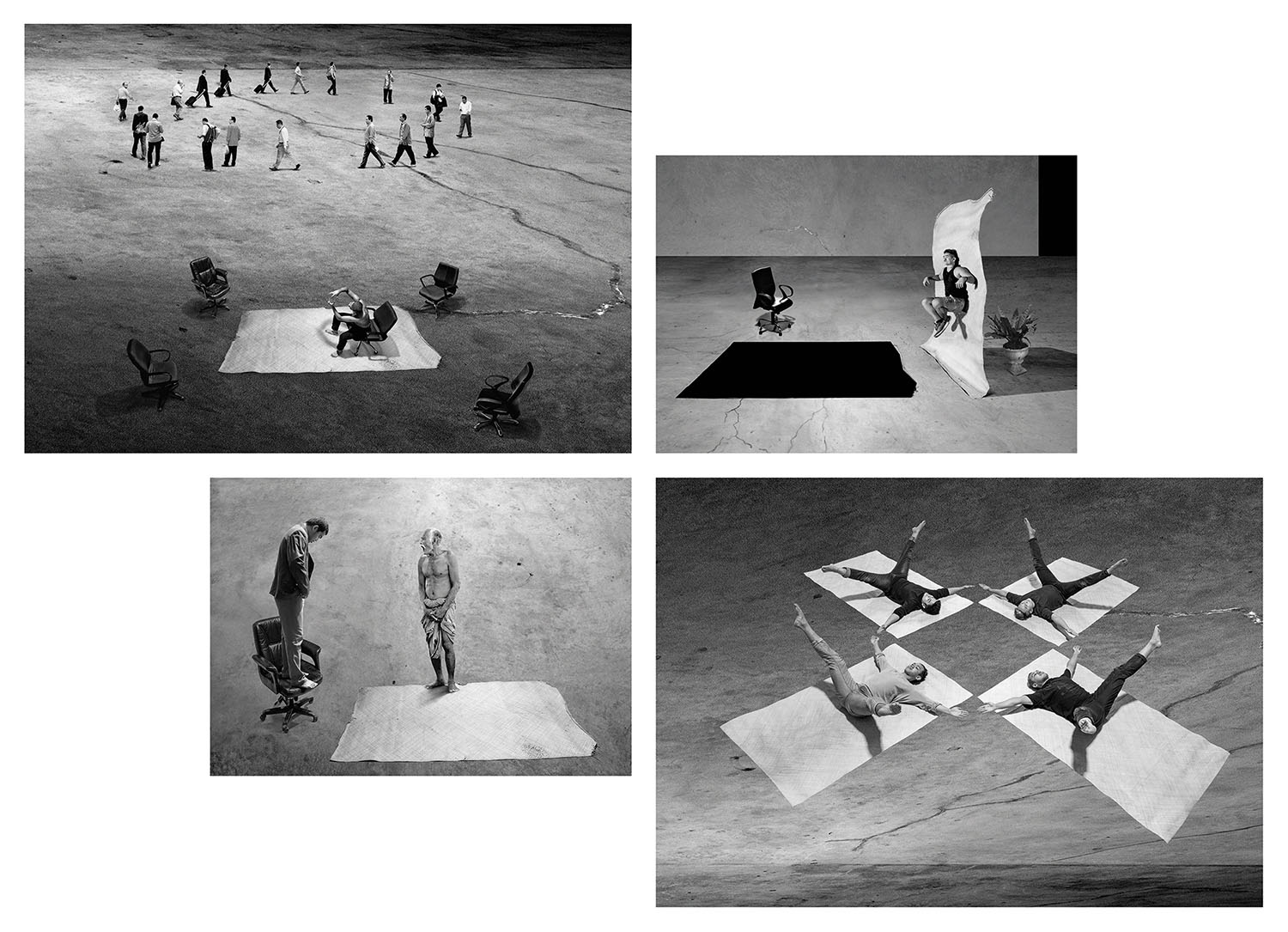
2nd and 3rd: 11.69h x 16.54w in • 29.70h x 42w cm each
Edition of 8 + 2 AP
Edition 4- AVAILABLE
Edition 5- AVAILABLE
Price available upon request
A three-year project ensued. Heavily researching the meaning of symbols, objects, and cultural practices; combining these with Yee I-Lann's archive of over 20 years of images, her own personal heritage as part indigenous Kadazan and knowledge gleaned from story- telling by the weavers, led to this powerful series of photographs.
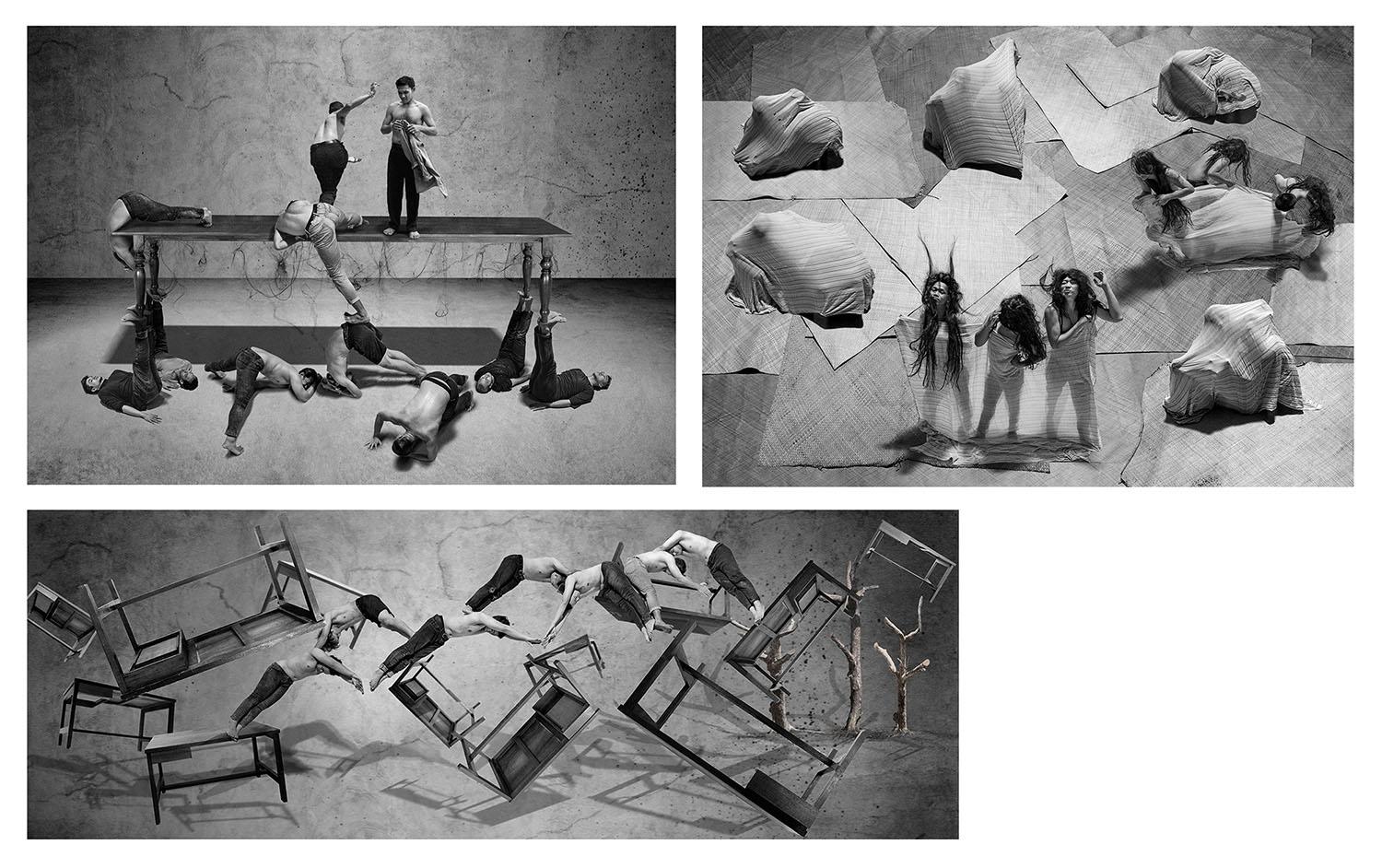
bottom: 11.69h x 33.07w in • 29.70h x 84w cm
Edition of 8 + 2 AP
Edition 4- AVAILABLE
Edition 5- AVAILABLE
Price available upon request
A three-year project ensued. Heavily researching the meaning of symbols, objects, and cultural practices; combining these with Yee I-Lann's archive of over 20 years of images, her own personal heritage as part indigenous Kadazan and knowledge gleaned from story- telling by the weavers, led to this powerful series of photographs.
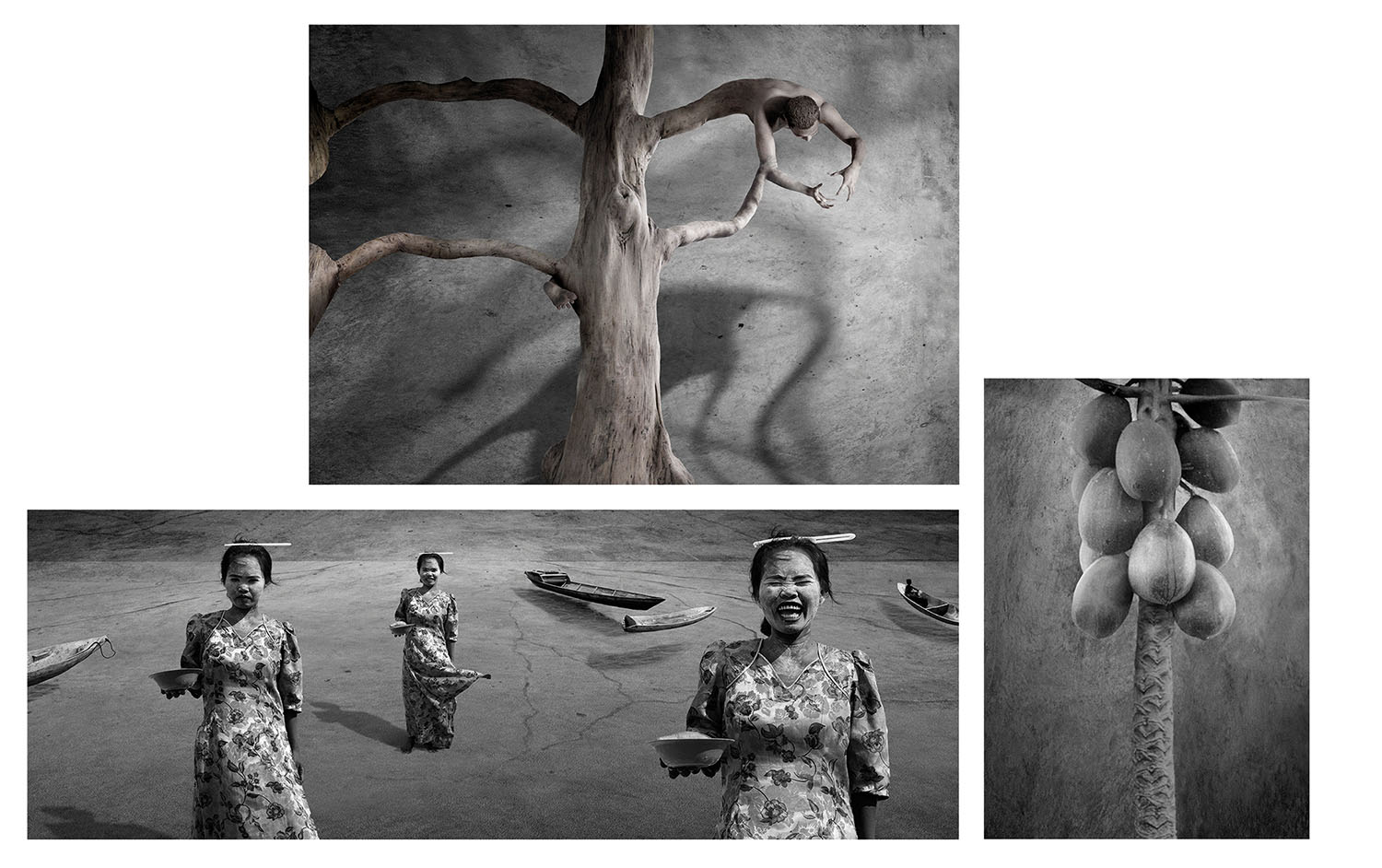
bottom left: 11.69h x 33.07w in • 29.70h x 84w cm
bottom right: 16.54h x 11.69w in • 42h x 29.70w cm
Edition of 8 + 2 AP
Edition 4- AVAILABLE
Edition 5- AVAILABLE
Price available upon request
A three-year project ensued. Heavily researching the meaning of symbols, objects, and cultural practices; combining these with Yee I-Lann's archive of over 20 years of images, her own personal heritage as part indigenous Kadazan and knowledge gleaned from story- telling by the weavers, led to this powerful series of photographs.
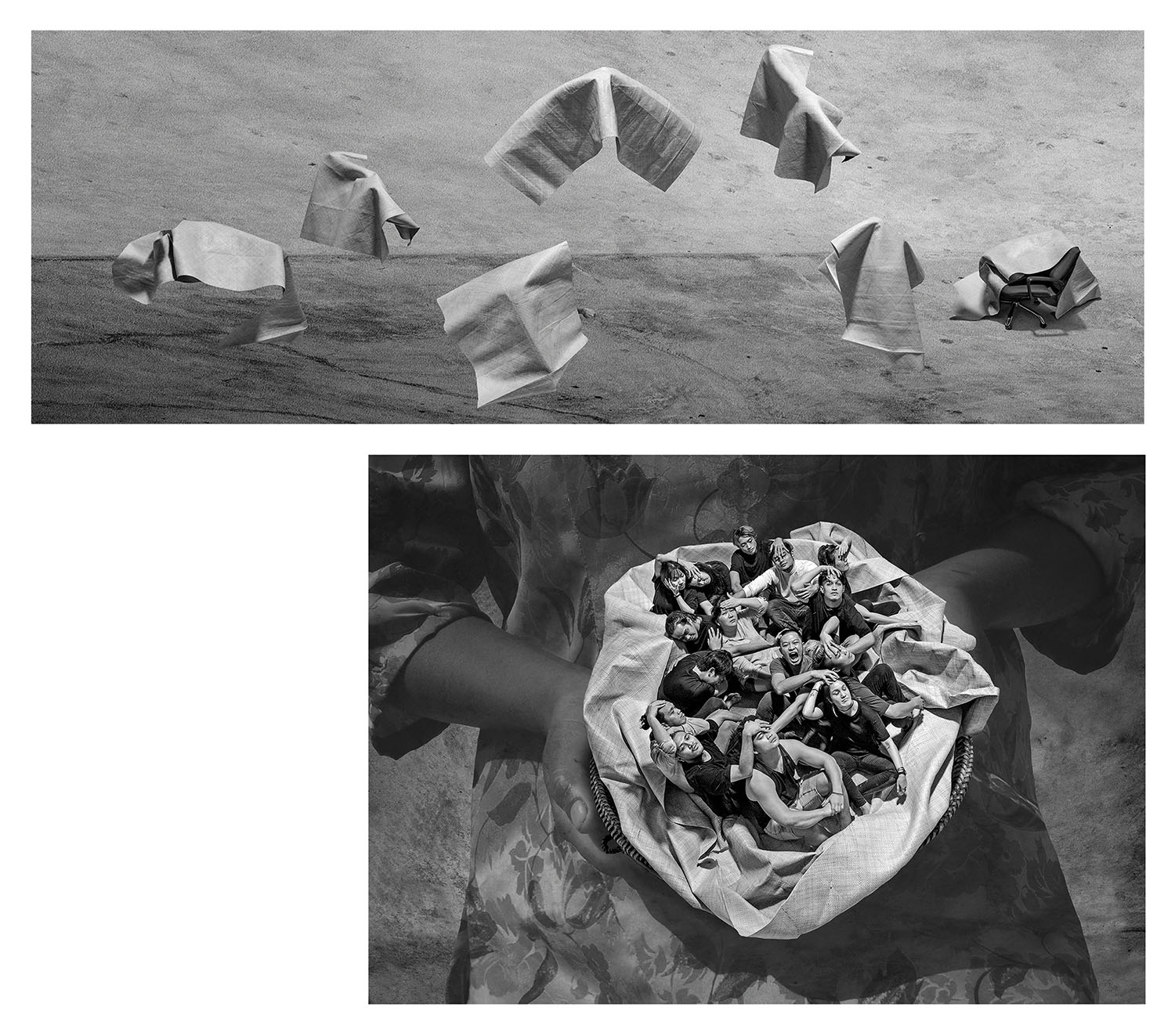
bottom: 16.54h x 23.39w in • 42h x 59.40w cm
Edition of 8 + 2 AP
Edition 4- AVAILABLE
Edition 5- AVAILABLE
Price available upon request
A three-year project ensued. Heavily researching the meaning of symbols, objects, and cultural practices; combining these with Yee I-Lann's archive of over 20 years of images, her own personal heritage as part indigenous Kadazan and knowledge gleaned from story- telling by the weavers, led to this powerful series of photographs.
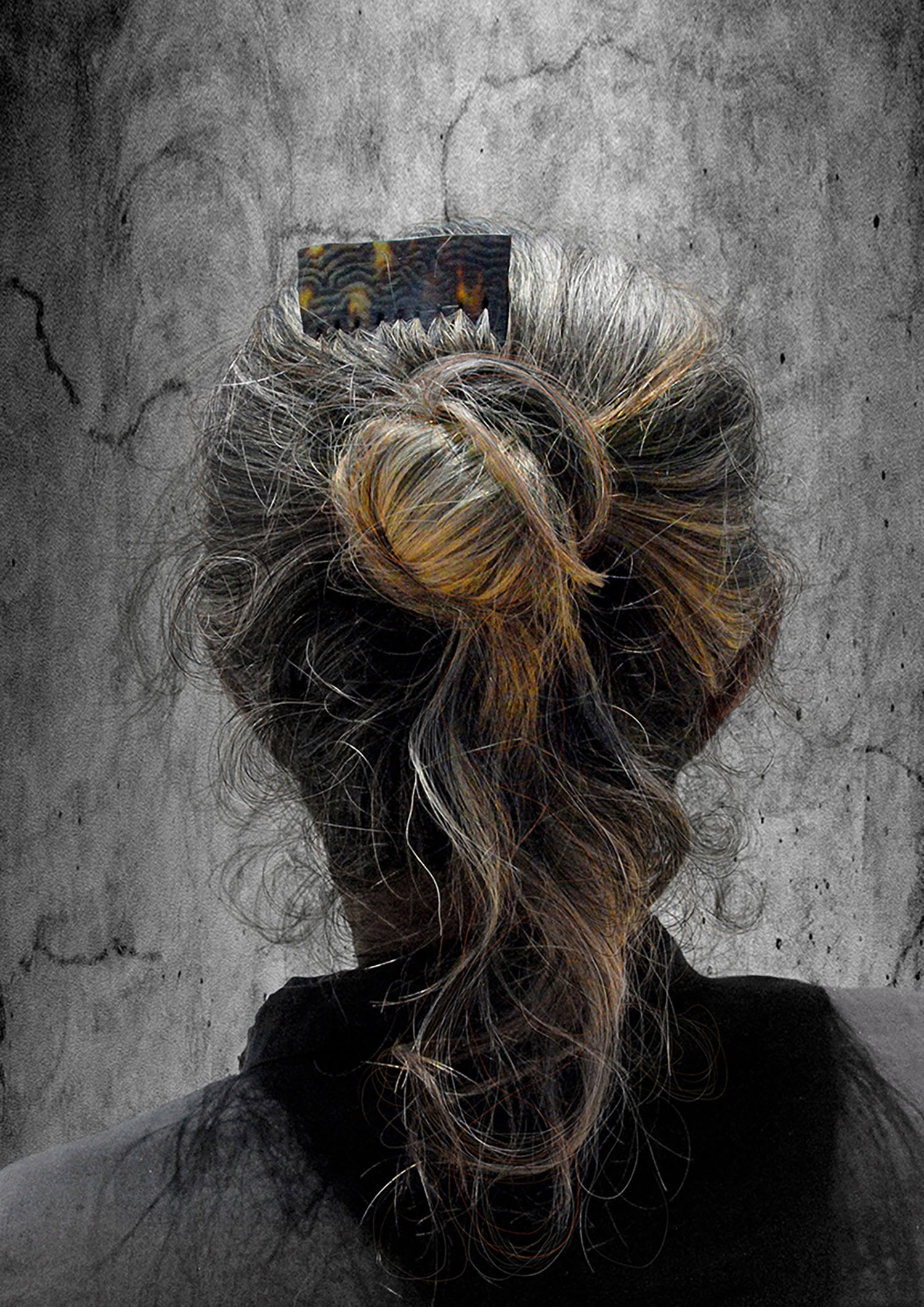
Edition 4- AVAILABLE
Edition 5- AVAILABLE
Price available upon request
Humbled by the weavers’ use of their feet as measuring tools, and their cultural practice of step-counting Allom! Amatai! / Life! Death!, she dove into re-seeing and re-learning value systems. A three-year project ensued. Heavily researching the meaning of symbols, objects, and cultural practices; combining these with her archive of over 20 years of images, her own personal heritage as part indigenous Kadazan and knowledge gleaned from story- telling by the weavers, led to this powerful series of photographs.
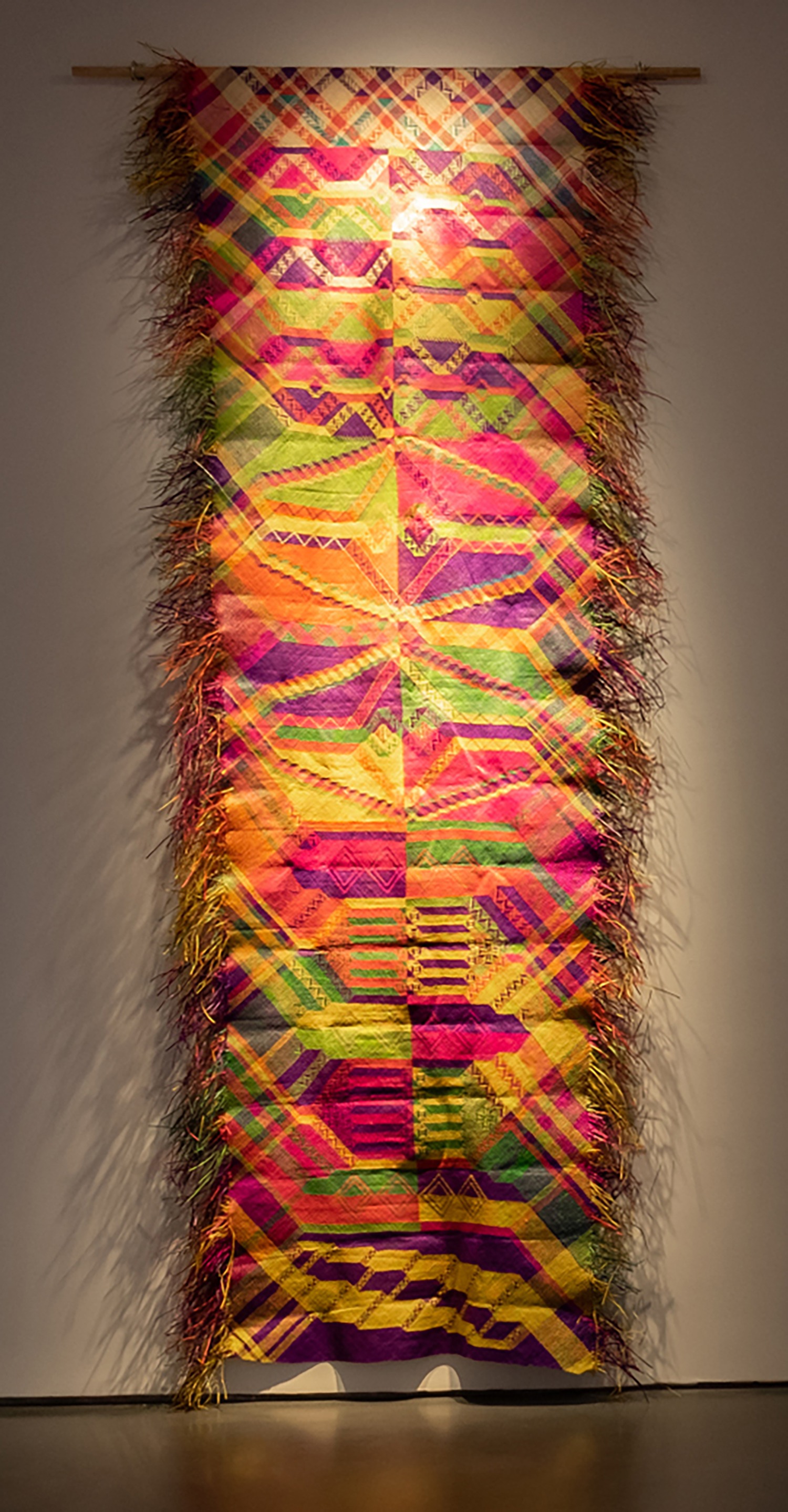
At the end of the long hall, visible from the entrance of the gallery, is the large piece Billboard. Woven by the sea community in the vibrant colors that mimic the coral reef, this piece has the weavers at the foreground. Significant heritage motifs from Omadal island are prominently woven. The mat is a billboard for the Balai Bikin, a community hall, that is being built with proceeds from the sale of the work.
Price available upon request
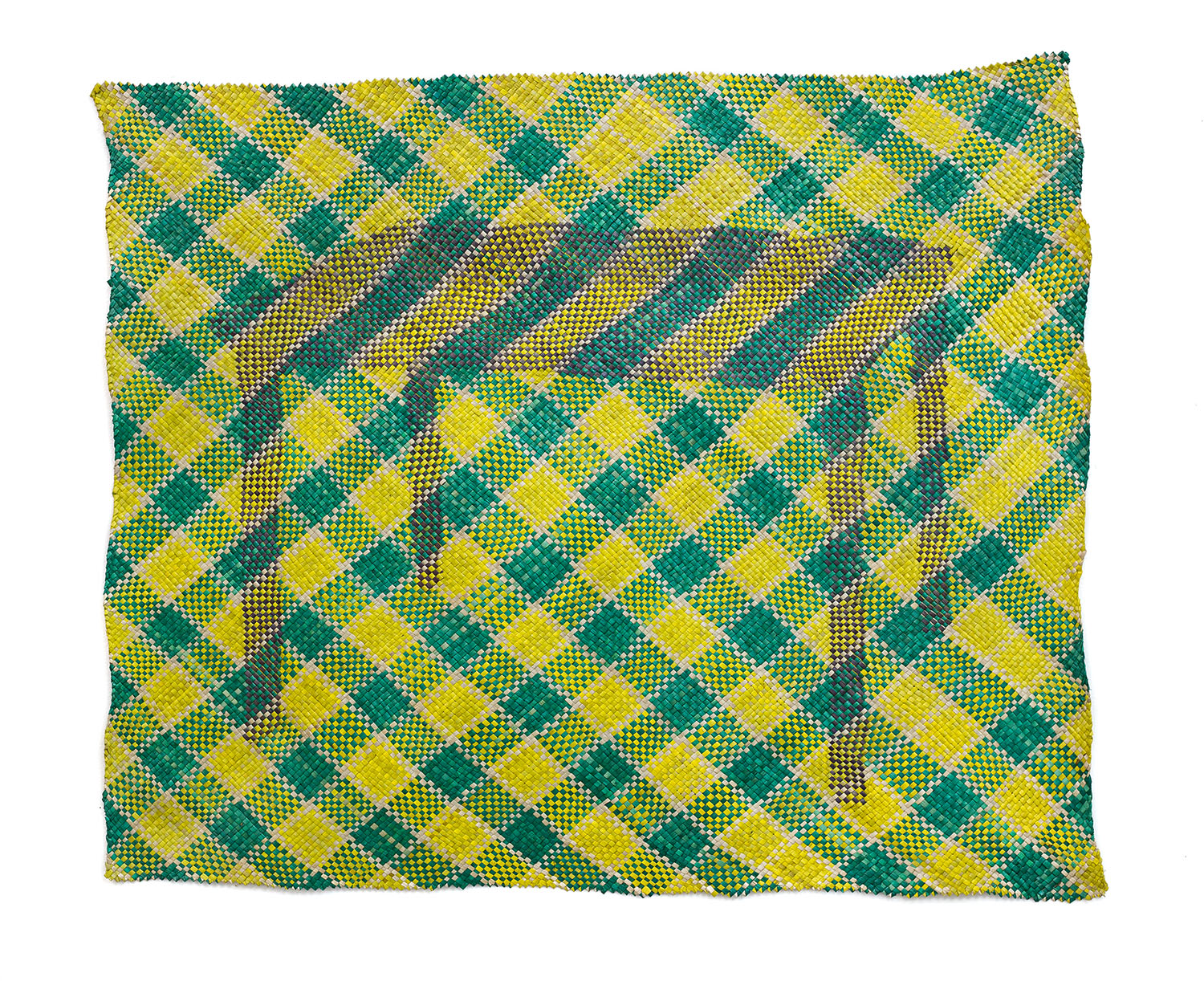
Price available upon request
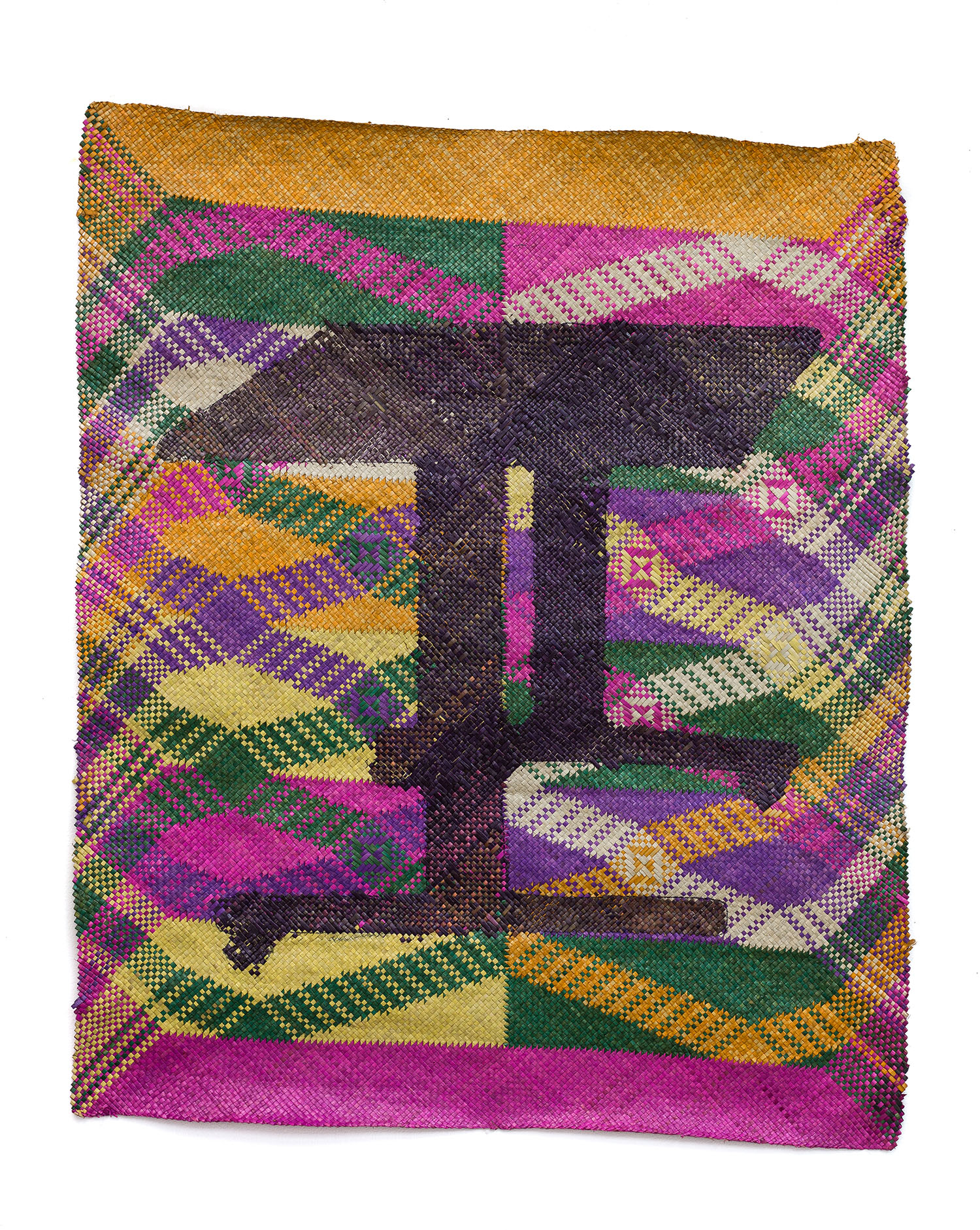
Price available upon request
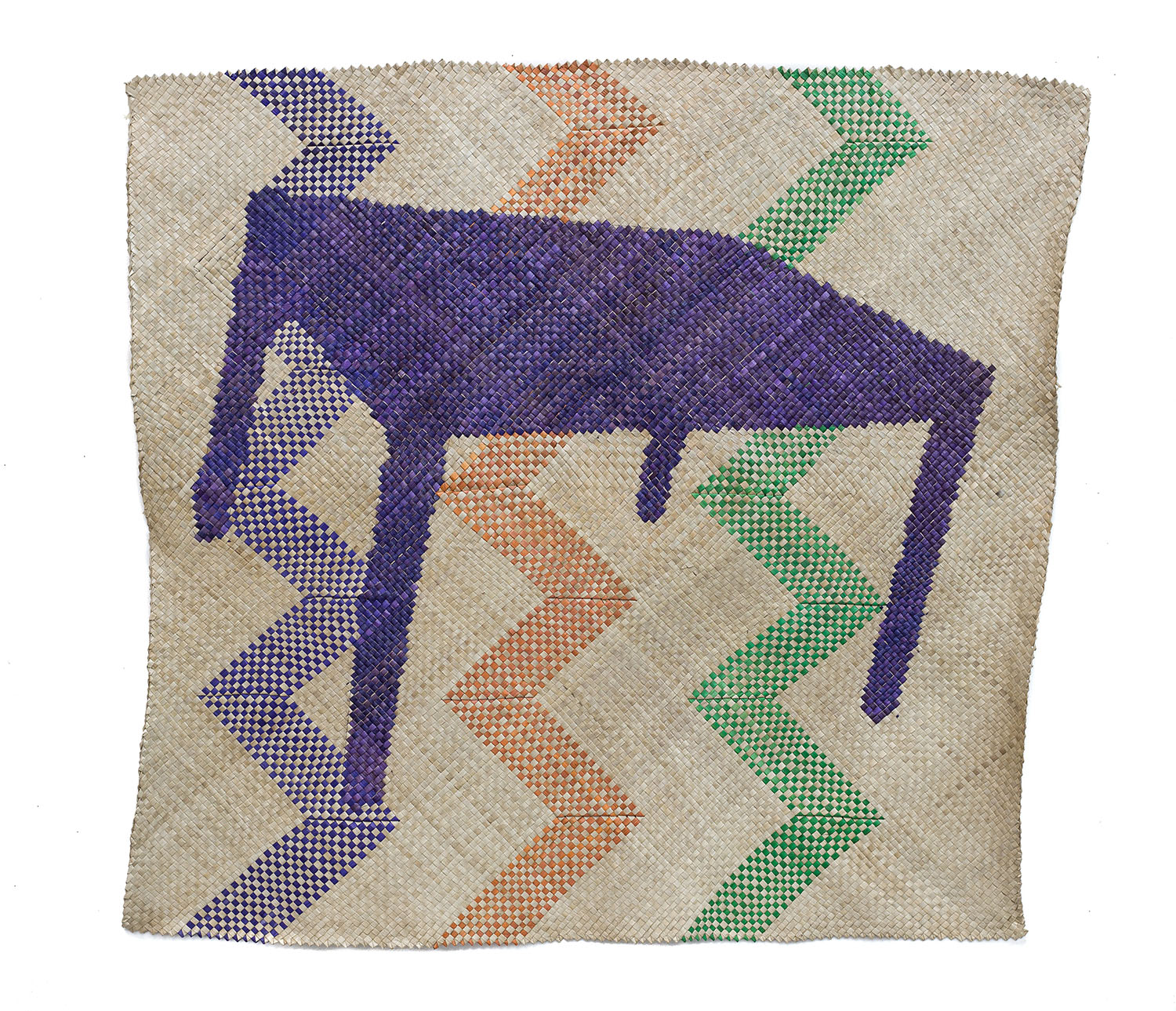
Price available upon request
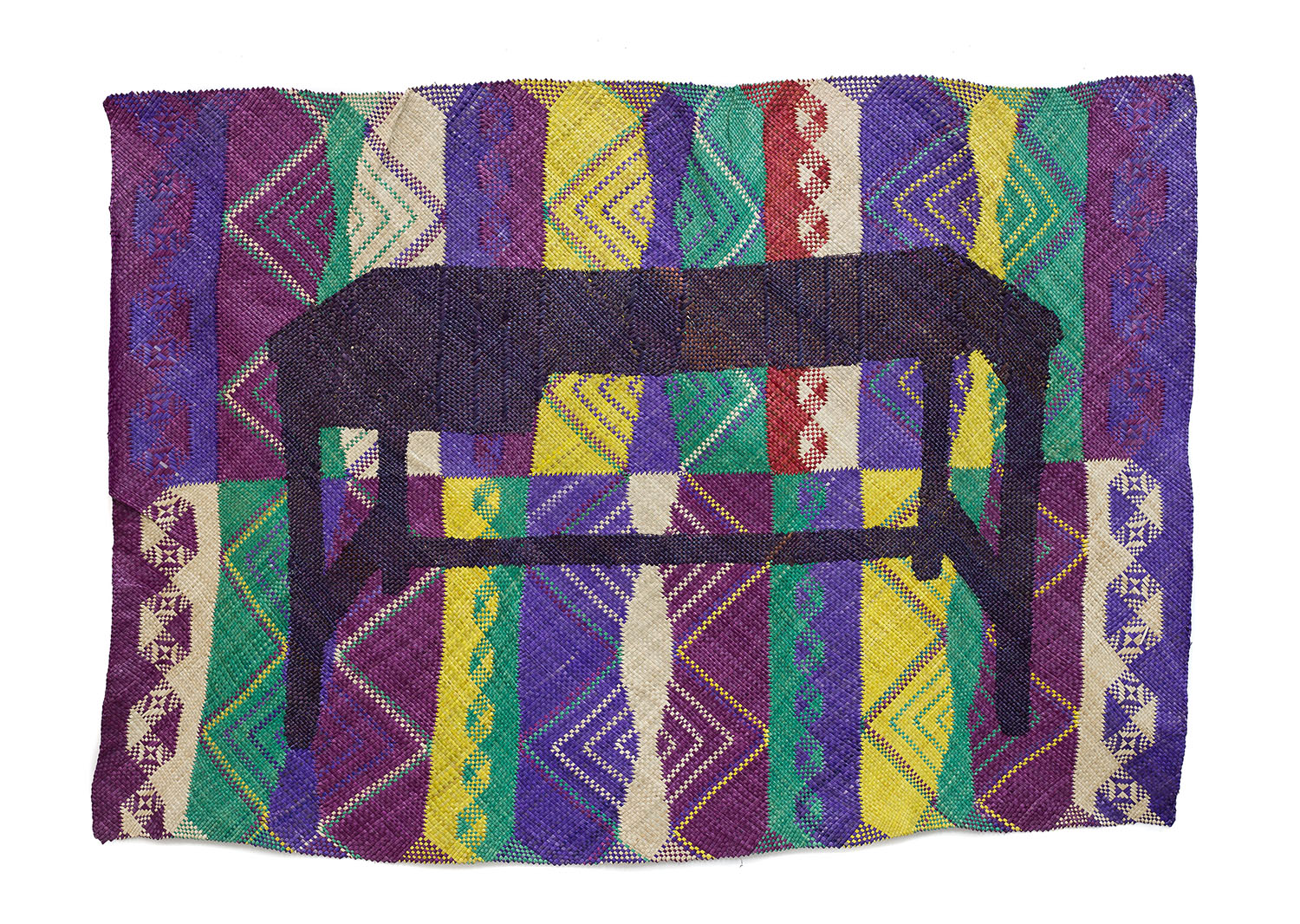
Price available upon request
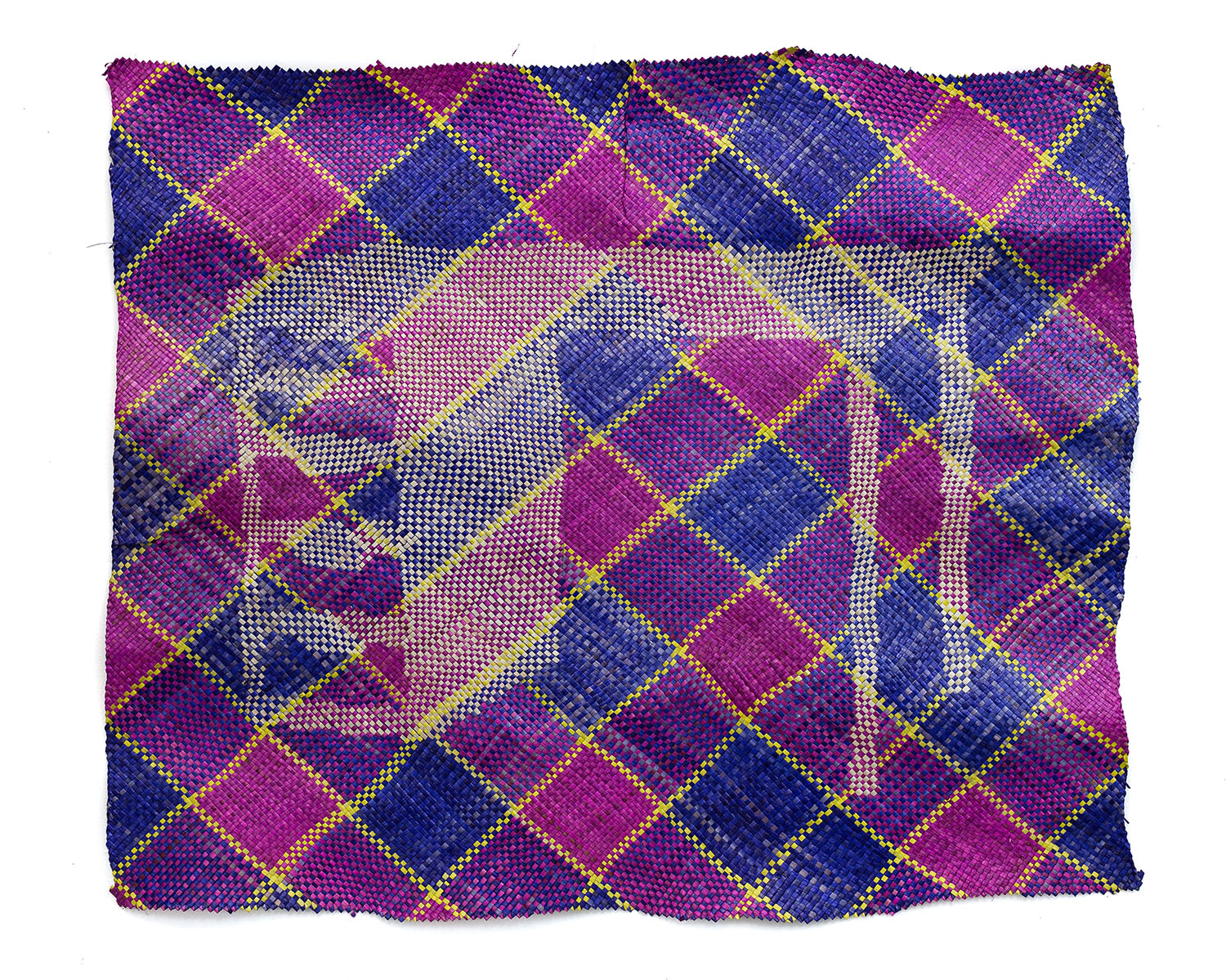
Price available upon request
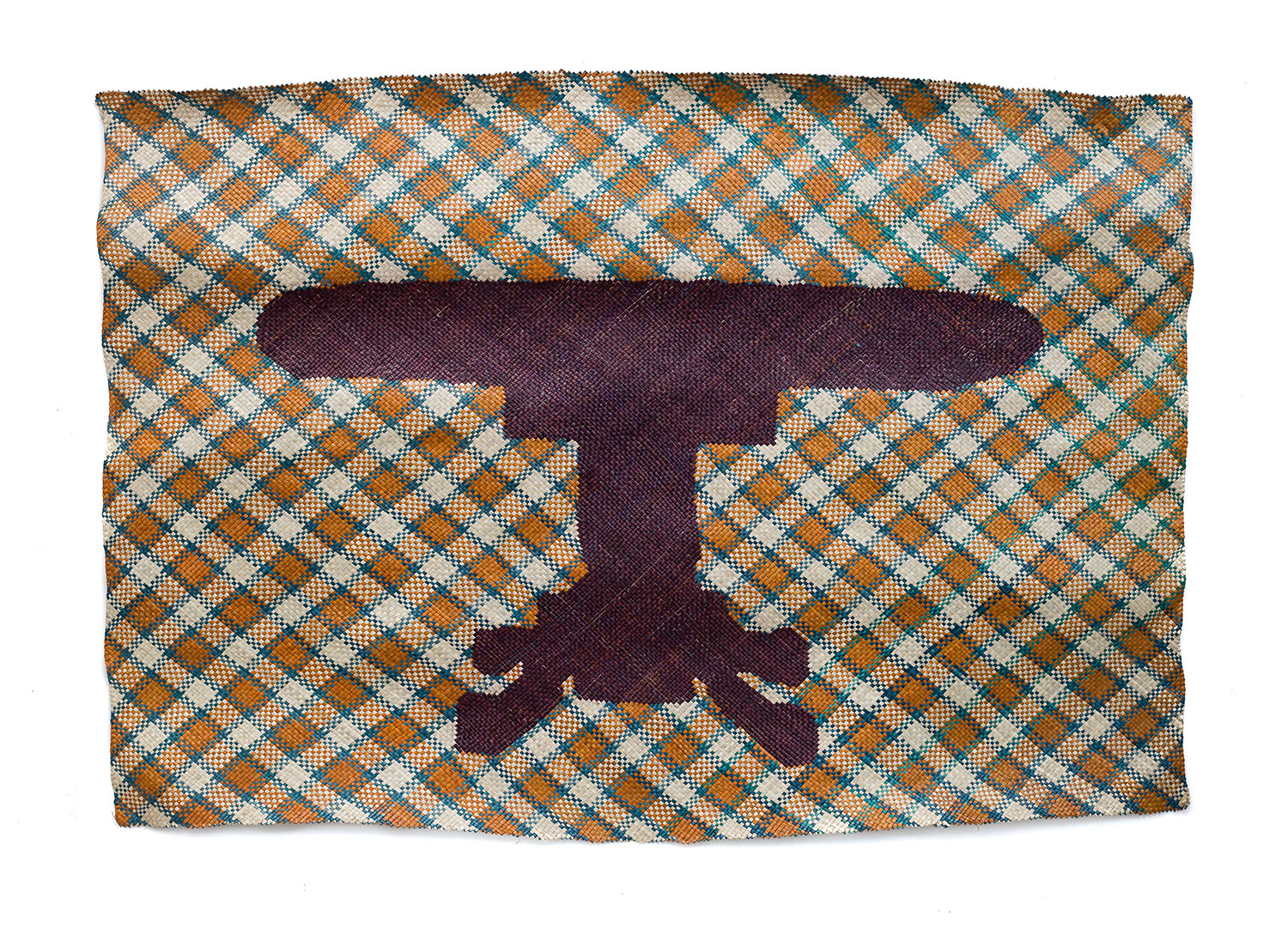
Price available upon request
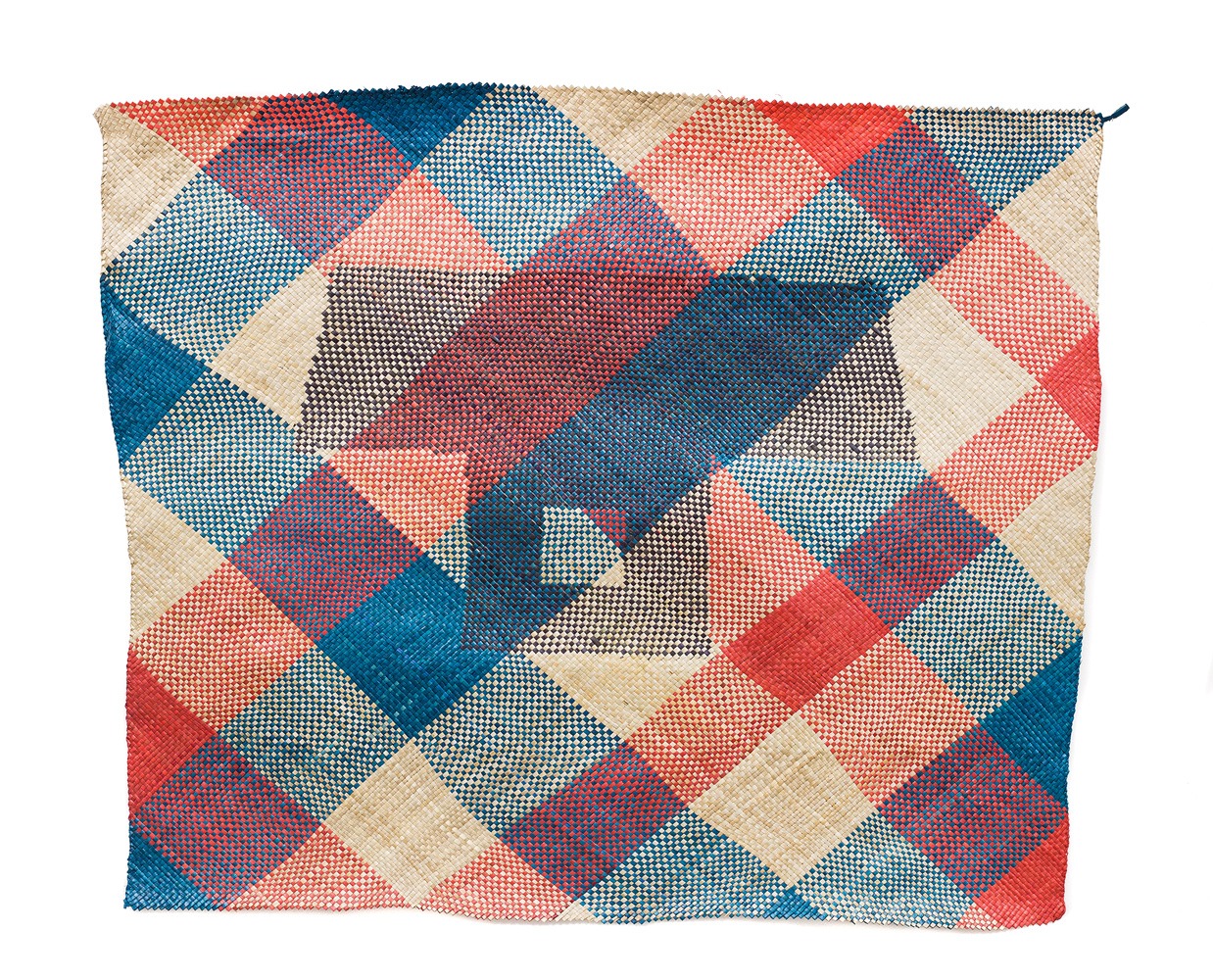
Price available upon request
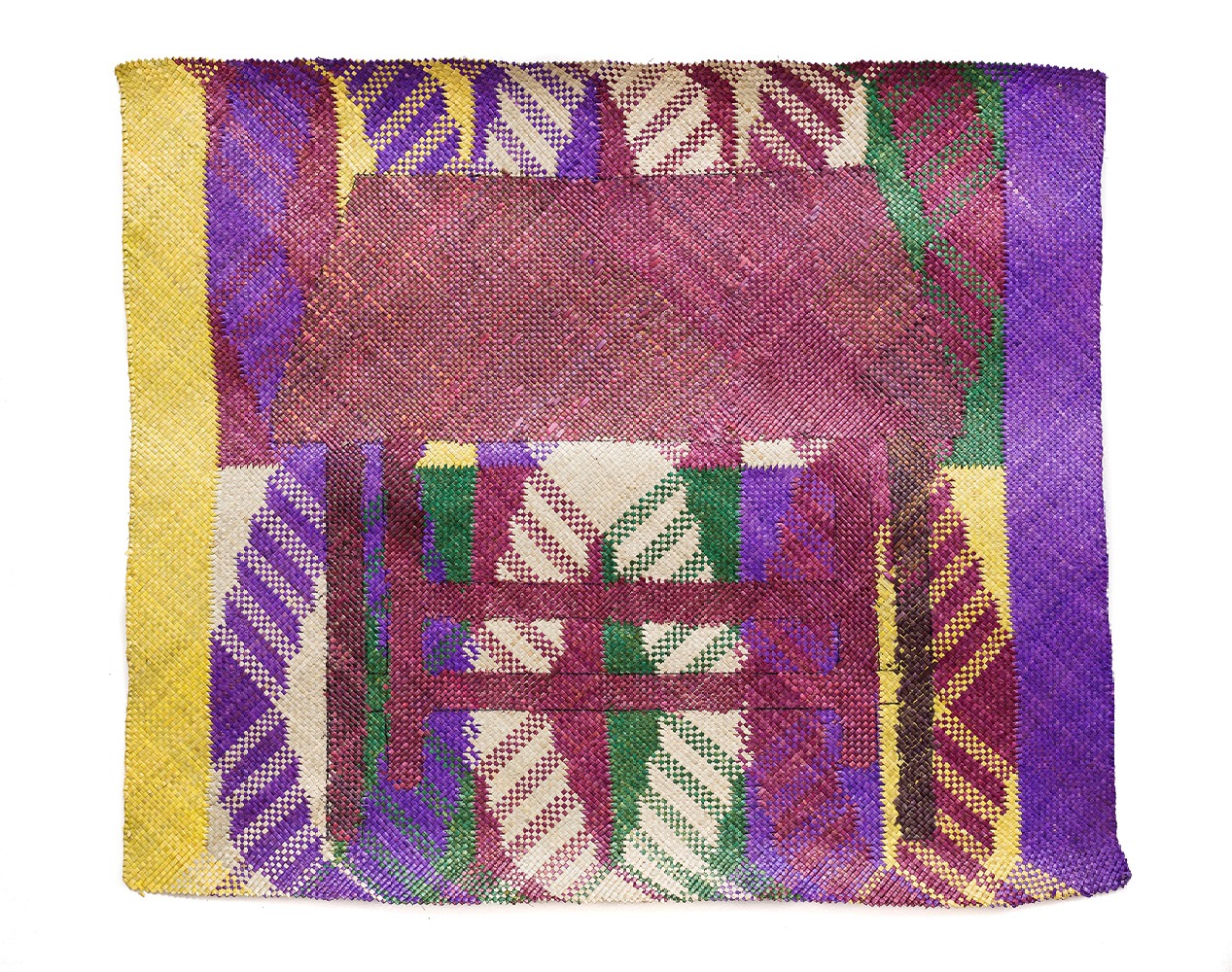
Price available upon request
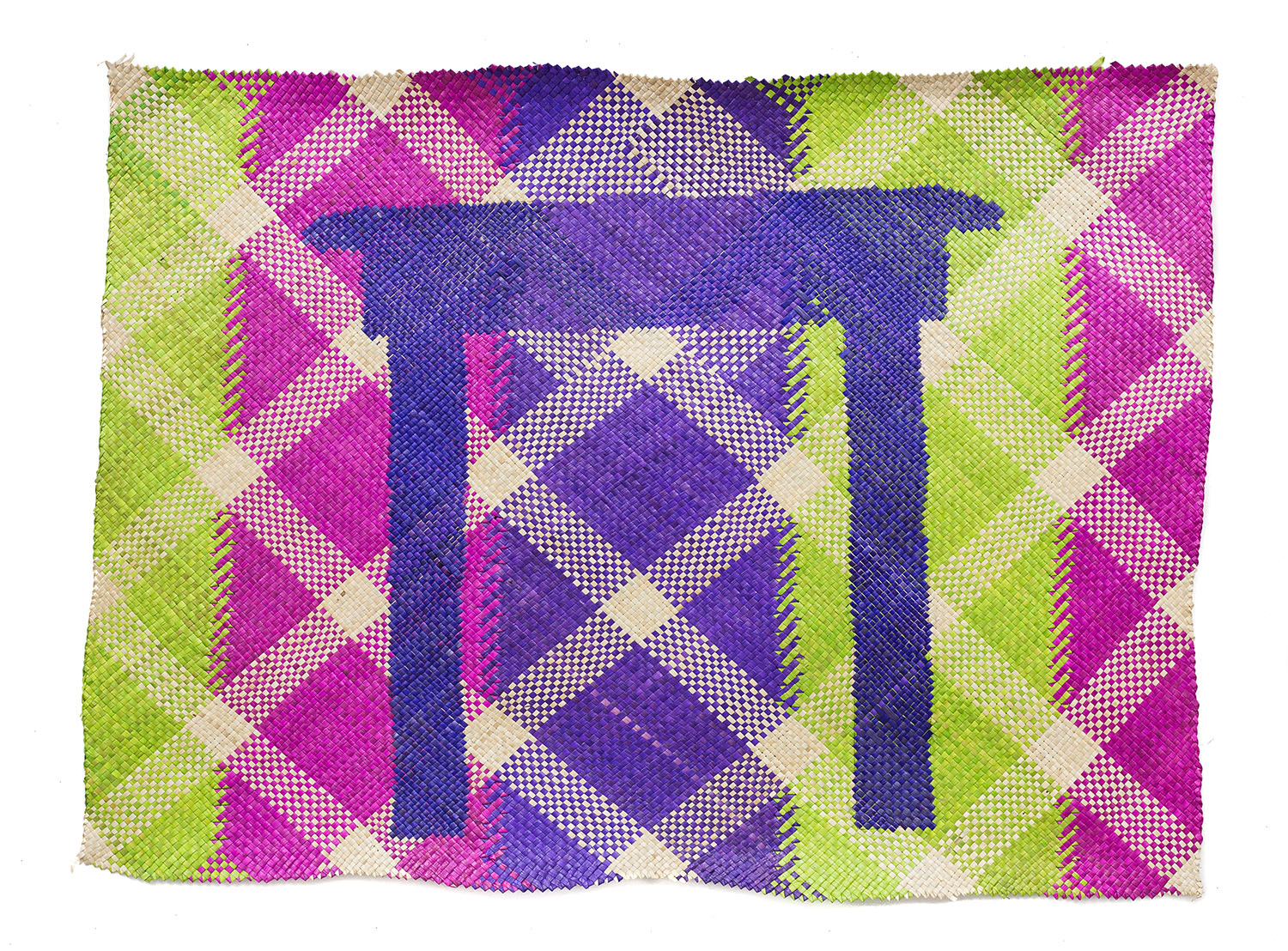
Price available upon request
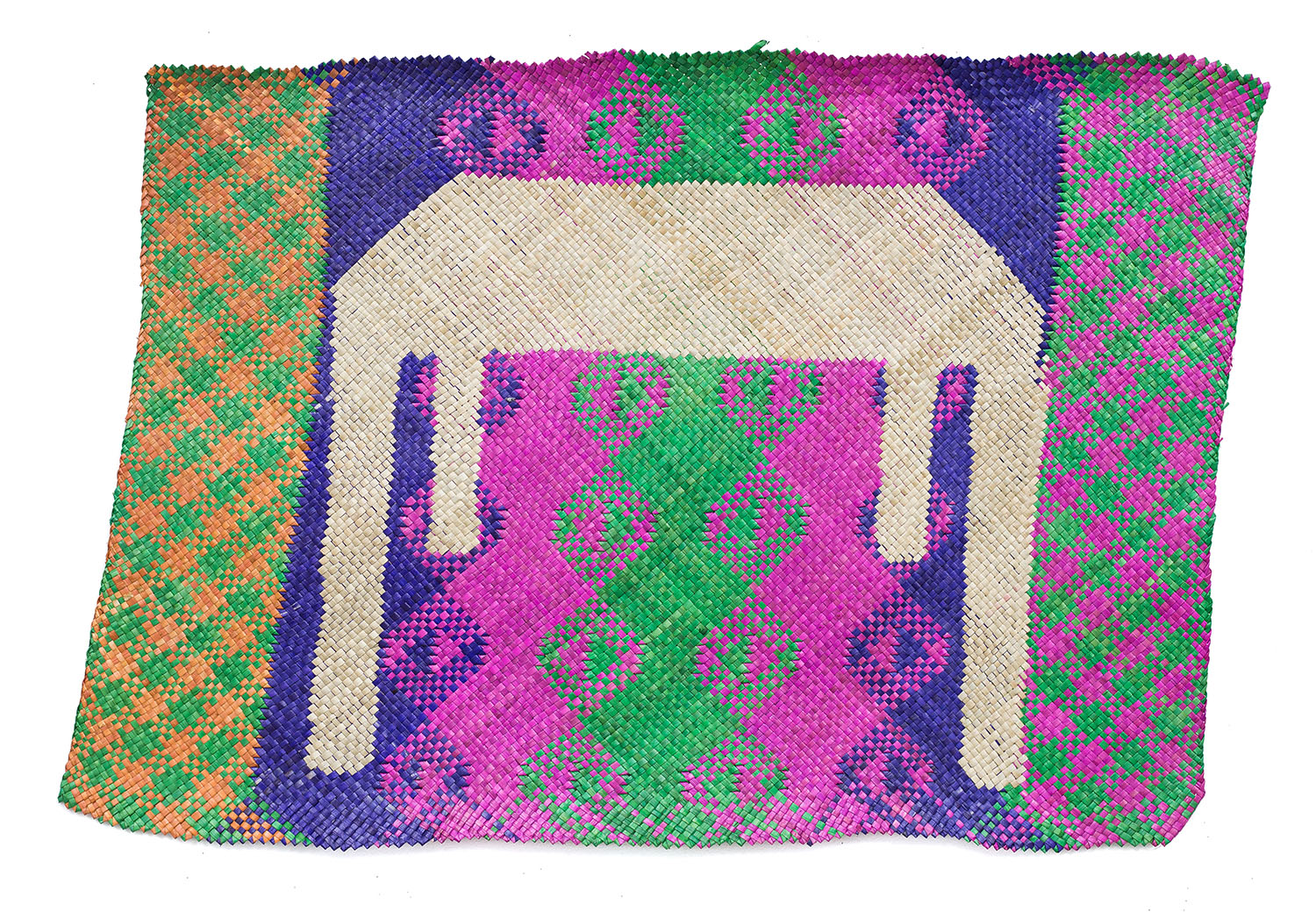
Price available upon request
